Navigating the Evolving Landscape of Mixed-Use Developments: A Developer's Guide
In the dynamic world of real estate development, mixed-use developments have emerged as a compelling solution to the evolving needs of urban communities. By blending residential, commercial, and recreational spaces within a single project, mixed-use developments offer a myriad of benefits, including increased walkability, vibrant street life, and a diverse range of amenities. In this blog post, we'll explore the key considerations and strategies for navigating the complex landscape of mixed-use developments and unlocking their full potential.
Understanding the Concept of Mixed-Use Developments
At its core, a mixed-use development integrates multiple land uses, such as residential, commercial, retail, and office space, within a single project. This integration fosters synergy between different uses, creating dynamic and vibrant environments where residents, workers, and visitors can coexist and interact. Mixed-use developments come in various forms, from high-rise towers with ground-floor retail to master-planned communities with a mix of housing types and amenities. Understanding the diverse nature of mixed-use developments is essential for developers looking to embark on such projects.
Embracing Placemaking and Urban Design Principles
Successful mixed-use developments are characterized by thoughtful placemaking and urban design strategies that prioritize pedestrian comfort, human scale, and connectivity. Placemaking initiatives, such as activating public spaces with art installations, greenery, and community events, create welcoming and inclusive environments that attract people and foster a sense of belonging. Urban design principles, such as creating walkable streetscapes, integrating transit infrastructure, and providing ample green space, contribute to the overall livability and sustainability of mixed-use developments.
Balancing Diverse Uses and Stakeholder Interests
One of the key challenges in developing mixed-use projects is balancing the diverse needs and interests of different stakeholders, including residents, businesses, investors, and local authorities. Developers must carefully consider factors such as zoning regulations, market demand, and community preferences when planning and designing mixed-use developments. Engaging with stakeholders through community meetings, workshops, and feedback sessions can help developers gain valuable insights and build consensus around their projects, ultimately leading to more successful outcomes.
Integrating Sustainability and Resilience
In an era of growing environmental awareness and climate change, sustainability and resilience have become central considerations in mixed-use development. Developers are increasingly incorporating green building practices, energy-efficient technologies, and resilient design strategies into their projects to minimize environmental impact and enhance long-term viability. This includes features such as green roofs, rainwater harvesting systems, solar panels, and adaptive reuse of existing structures, all of which contribute to reducing carbon emissions and promoting a more sustainable built environment.
Conclusion: Navigating the Path Forward
In conclusion, mixed-use developments represent a dynamic and multifaceted approach to urban development that holds immense potential for creating vibrant, inclusive, and sustainable communities. By understanding the concept of mixed-use development, embracing placemaking and urban design principles, balancing diverse uses and stakeholder interests, and integrating sustainability and resilience, developers can navigate the evolving landscape of mixed-use development with confidence and creativity. As we look to the future, mixed-use developments will continue to play a crucial role in shaping the cities and neighborhoods where we live, work, and play.



